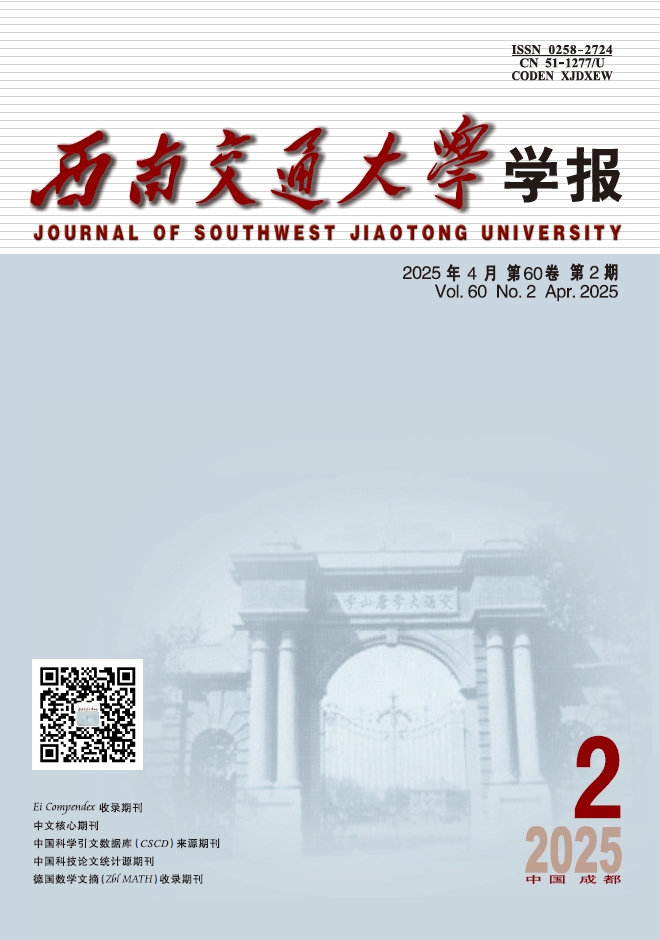2004 Vol. 17, No. 1
Display Method:
2004, 17(1): 1-4.
Abstract:
2004, 17(1): 6-9.
Abstract:
2004, 17(1): 10-14.
Abstract:
2004, 17(1): 15-19.
Abstract:
2004, 17(1): 20-24.
Abstract:
2004, 17(1): 25-29.
Abstract:
2004, 17(1): 30-33.
Abstract:
2004, 17(1): 34-37.
Abstract:
2004, 17(1): 38-41.
Abstract:
2004, 17(1): 42-46.
Abstract:
2004, 17(1): 47-50.
Abstract:
2004, 17(1): 51-55.
Abstract:
2004, 17(1): 56-60.
Abstract:
2004, 17(1): 61-63.
Abstract:
2004, 17(1): 64-68.
Abstract:
2004, 17(1): 69-72.
Abstract:
Experimental Research on Properties of Existent Rubber Draft Gear
for Meter-Gage Railway Freight Car
2004, 17(1): 73-76.
Abstract:
2004, 17(1): 77-81.
Abstract:
2004, 17(1): 82-85.
Abstract:
2004, 17(1): 86-89.
Abstract:
2004, 17(1): 90-94.
Abstract:
2004, 17(1): 95-98.
Abstract:
2004, 17(1): 99-103.
Abstract:
2004, 17(1): 104-107.
Abstract:
2004, 17(1): 108-111.
Abstract:
2004, 17(1): 112-116.
Abstract:
2004, 17(1): 117-121.
Abstract:
2004, 17(1): 121-125.
Abstract:
2004, 17(1): 126-130.
Abstract:
2004, 17(1): 131-134.
Abstract:




 Advance Search
Advance Search
 Email alert
Email alert RSS
RSS [Abstract]
[Abstract] Supplements
Supplements [Cited By]
[Cited By]